Cats, with their mysterious personalities and independent spirits, are often seen as creatures that thrive on solitary activities. However, many cat owners find themselves wondering how to engage their feline friends in solo play. Teaching your cat to entertain itself not only ensures that it gets the necessary physical and mental stimulation but also gives you peace of mind knowing it’s happy and active. Let’s delve into the art of training your cat to enjoy solo play.
Understanding Your Cat’s Personality
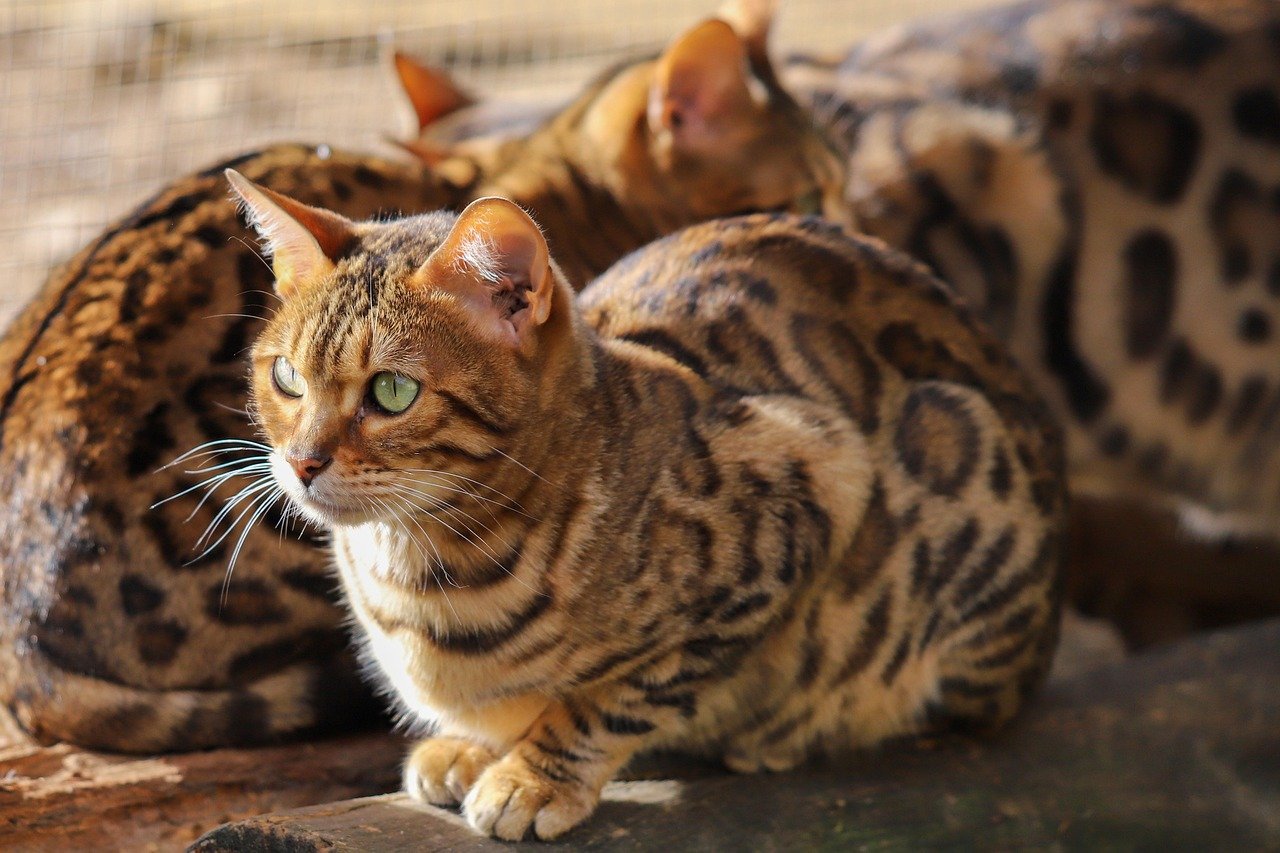
Every cat is unique, with its own set of quirks and preferences. Some cats are natural hunters, while others enjoy lounging in the sun. Recognizing your cat’s personality is essential. Observe how your cat reacts to different stimuli. Does it chase after moving objects, or is it more interested in exploring new textures? Understanding these preferences will guide you in selecting the right toys and activities. Remember, a cat that is engaged is a cat that is happy.
Choosing the Right Toys
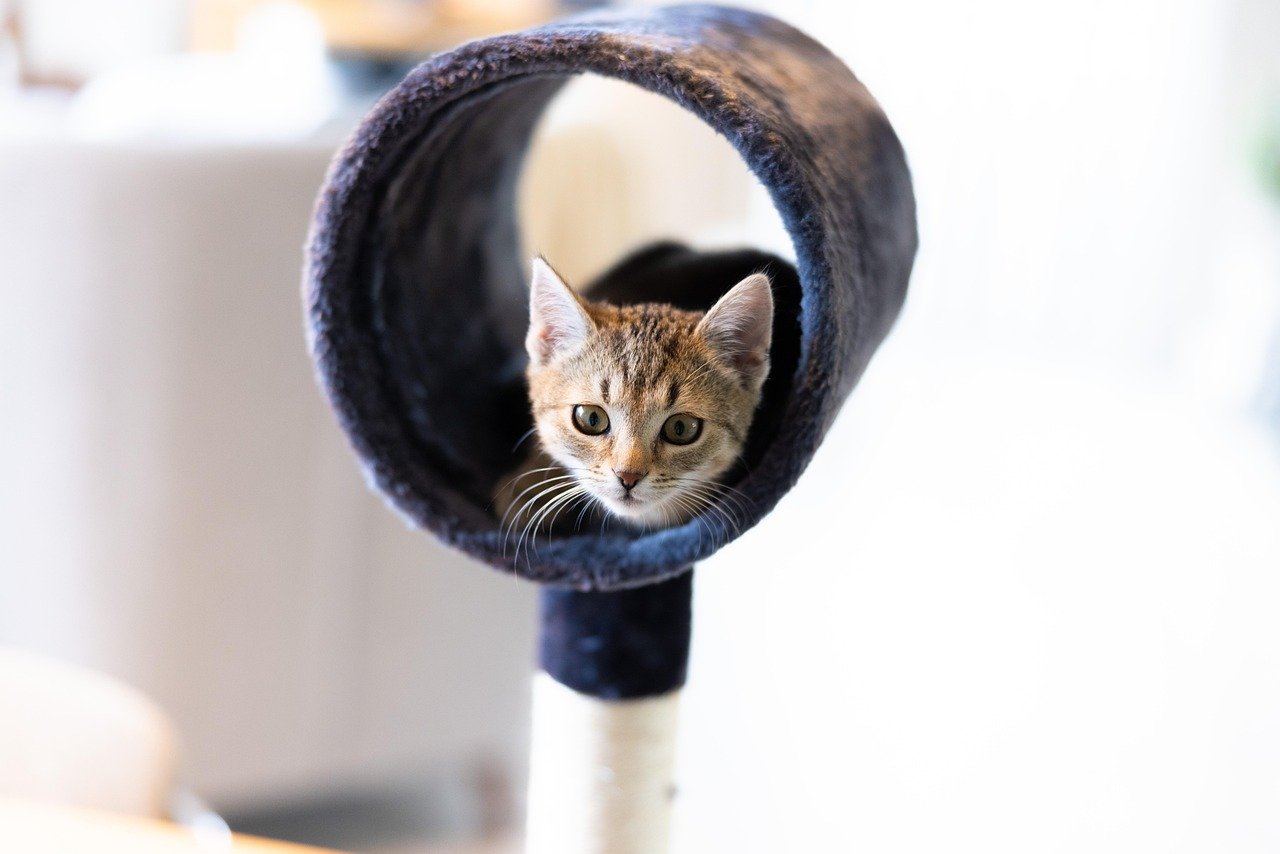
Not all toys are created equal in the eyes of a cat. While some cats might be fascinated by a simple ball of yarn, others may prefer interactive toys that mimic the movement of prey. Look for toys that stimulate your cat’s natural hunting instincts, like feather wands or small mice replicas. Toys that make noise or move unpredictably can also capture your cat’s attention. Rotating toys regularly can keep the novelty alive and maintain your cat’s interest.
Creating a Safe Play Environment
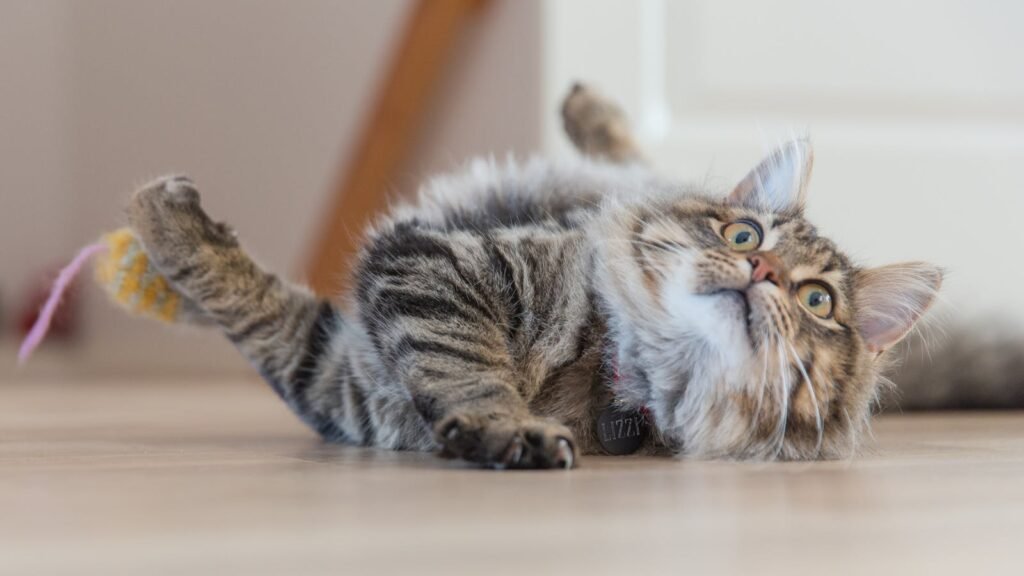
Safety is paramount when it comes to solo play. Ensure that the play area is free from hazards such as loose strings or small objects that could be swallowed. If your cat loves to climb, consider installing cat shelves or a cat tree to provide vertical space. This not only offers a safe place for play but also satisfies your cat’s natural urge to perch and observe its surroundings. A safe environment encourages your cat to explore and play without fear.
Introducing Puzzle Toys

Puzzle toys are a fantastic way to engage your cat’s mind. These toys often contain hidden treats or mechanisms that require problem-solving skills to unlock. Start with simple puzzles and gradually increase the complexity as your cat becomes more adept. Not only do these toys keep your cat entertained, but they also provide mental stimulation, which is just as important as physical exercise. A mentally stimulated cat is less likely to develop behavioral issues.
Using Technology to Your Advantage
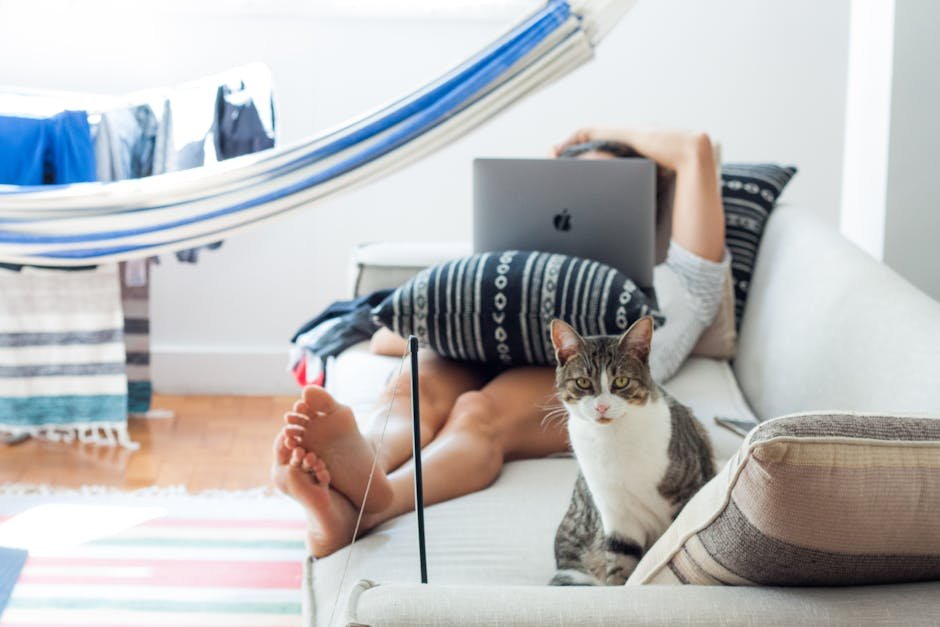
In today’s digital age, there are numerous apps and gadgets designed to entertain cats. Laser pointers, for example, can be automated to keep your cat chasing a moving light. There are even tablet apps that simulate fish swimming or insects crawling for your cat to “catch.” While technology can be a great tool, ensure that it doesn’t replace physical toys entirely. Balance is key to a well-rounded play routine.
Encouraging Exploration
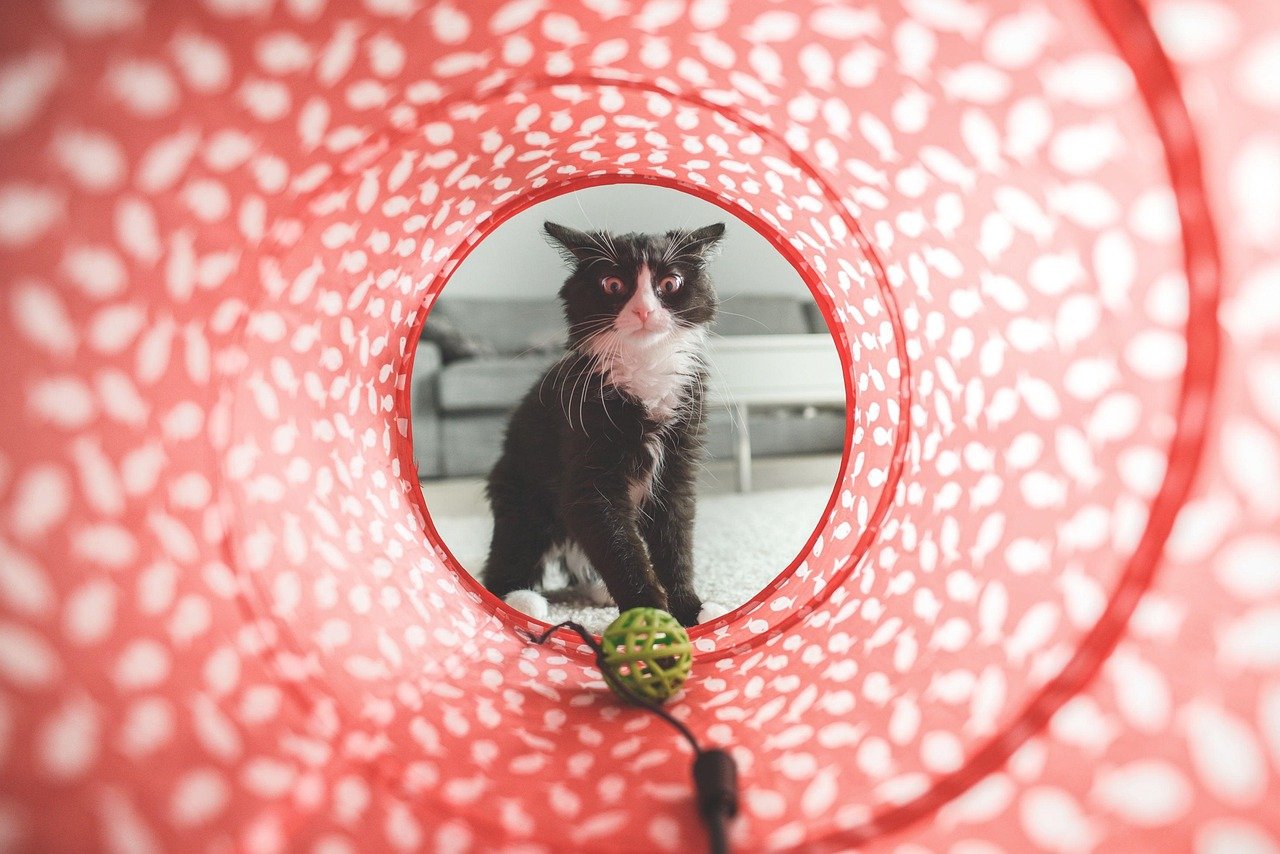
Cats are naturally curious creatures. Encourage this curiosity by setting up new environments or challenges. Cardboard boxes, paper bags, or tunnels can transform a simple room into an exciting adventure land. Change the setup regularly to keep things fresh. Remember, the more your cat explores, the more it learns and enjoys its surroundings, fostering independence in play.
Incorporating Play into Daily Routine
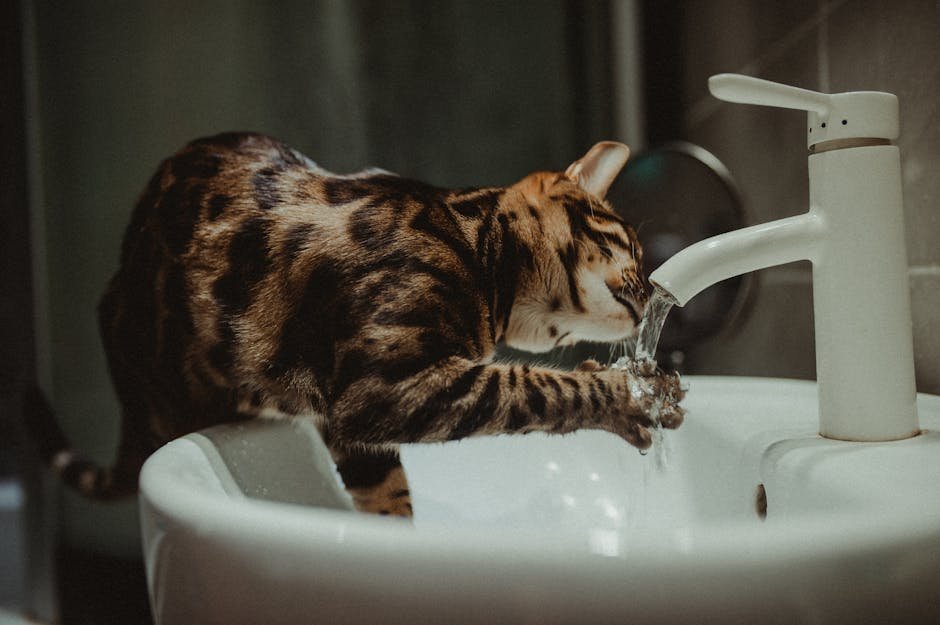
Routine is comforting for cats, and incorporating play into their daily schedule can create anticipation and excitement. Designate specific times for play sessions, and your cat will start to look forward to these moments. Consistency helps in building a habit, and soon enough, your cat will be engaging in solo play even outside these scheduled times. A structured routine provides a sense of security and predictability for your feline friend.
Rewarding Independent Play
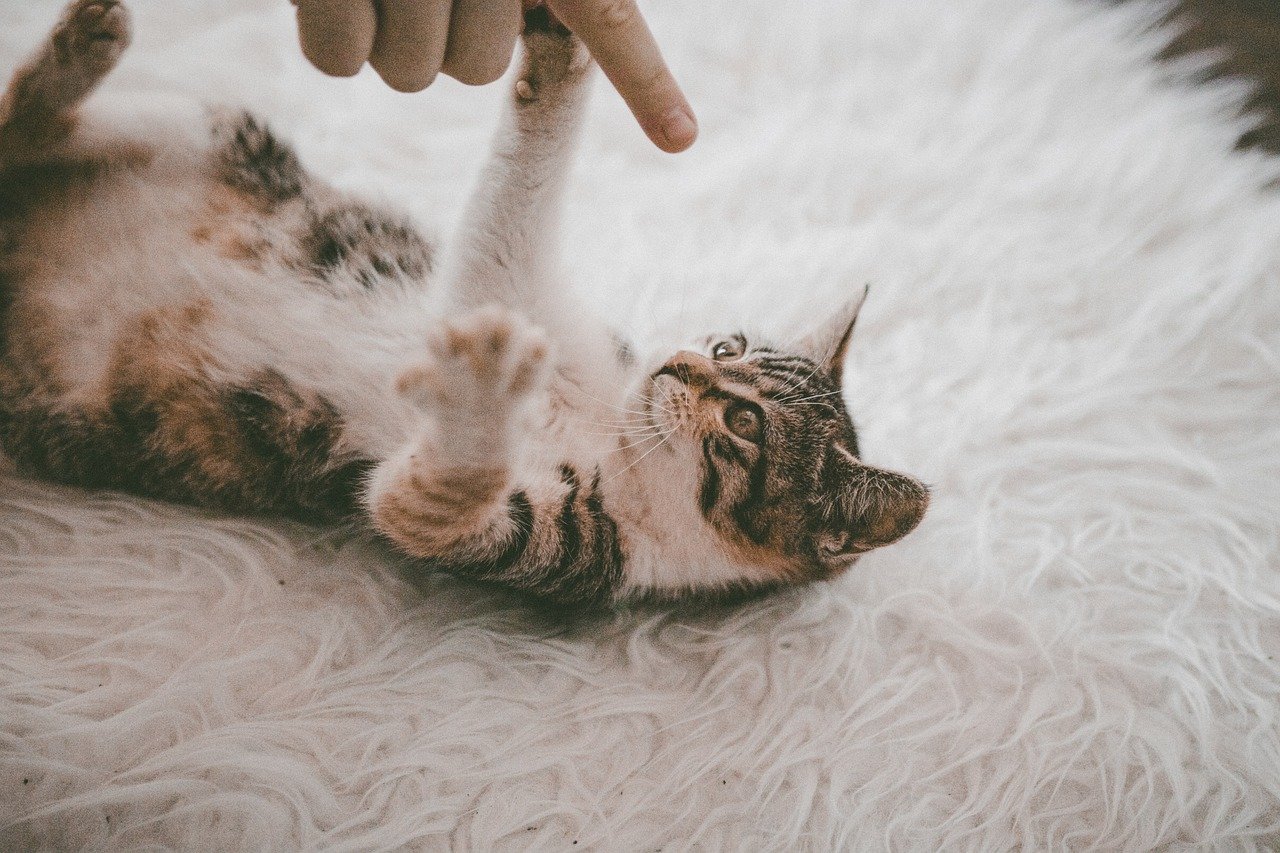
Positive reinforcement is a powerful tool in training. When you notice your cat engaging in solo play, reward it with treats or affection. This builds a positive association with independent play, encouraging your cat to seek out these activities more frequently. Over time, your cat will learn that playing alone is not only fun but also rewarding, increasing its willingness to engage in such activities.
Overcoming Playtime Challenges
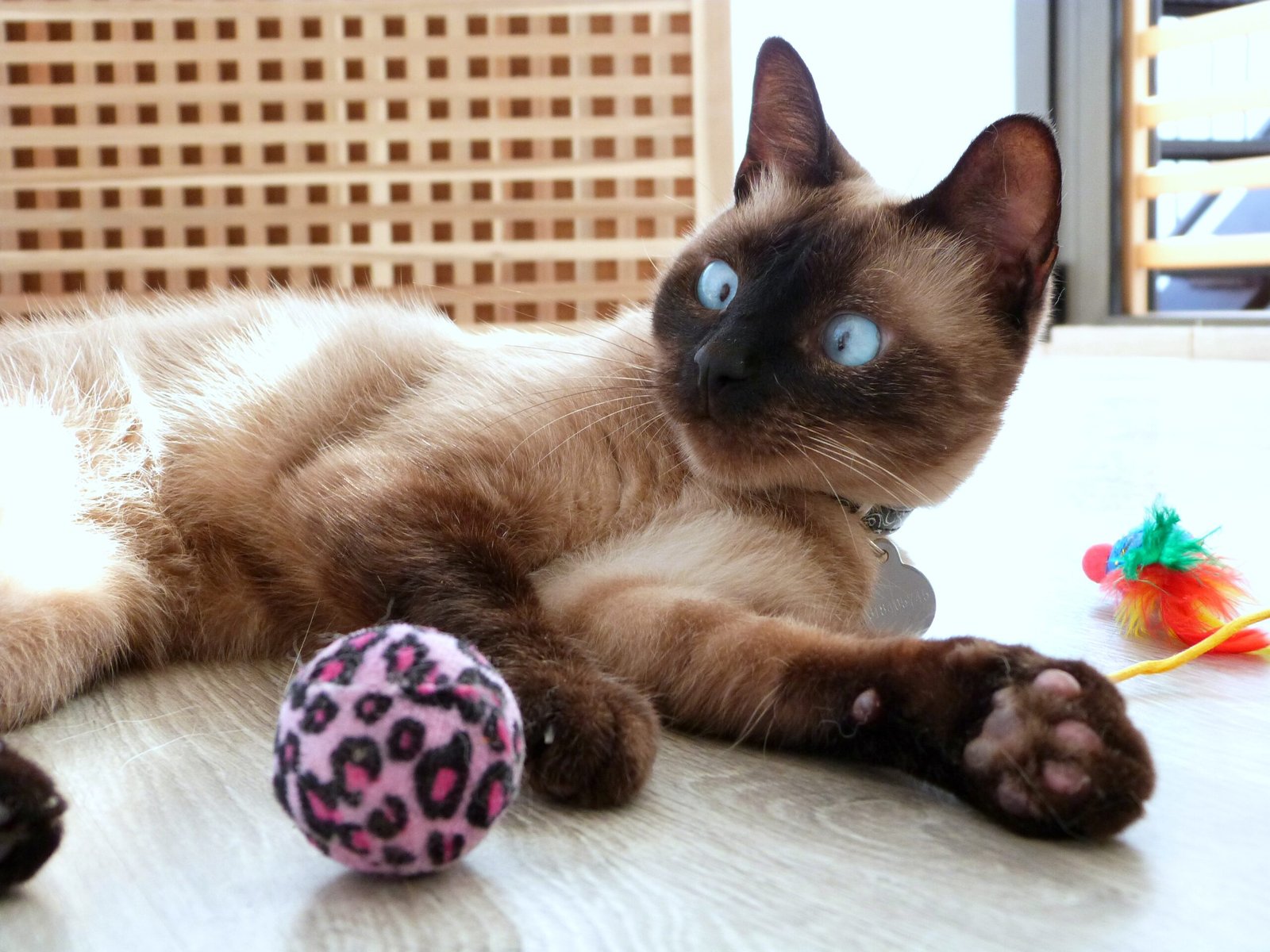
Sometimes, cats may show disinterest in solo play. This could be due to several factors, such as age, health, or simply boredom with current toys. If your cat seems reluctant, evaluate the play environment and toys. Introducing new stimuli or changing the setting might rekindle its interest. Patience is key; every cat has its pace, and finding the right triggers might take some time.
Understanding the Role of Age in Play
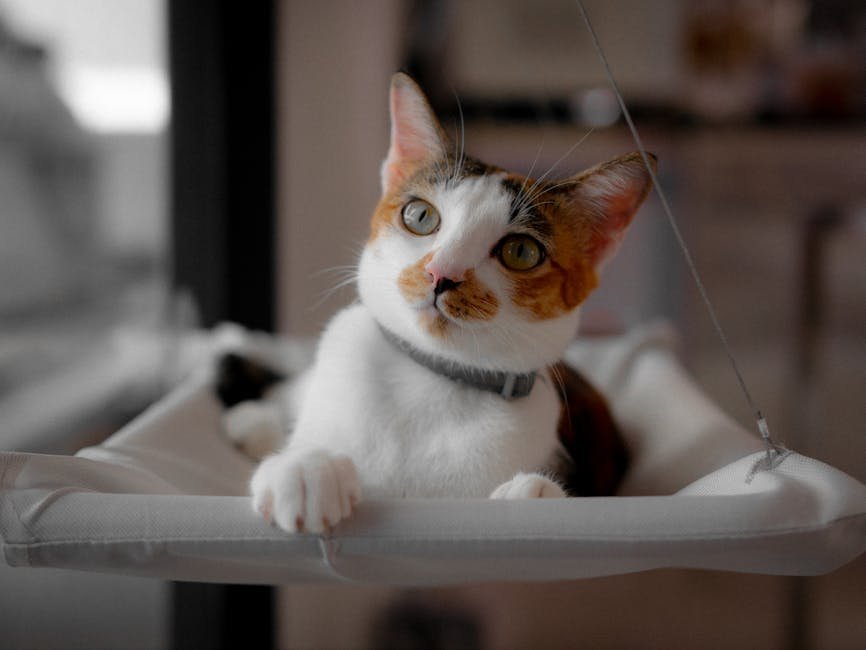
A cat’s age plays a significant role in its play behavior. Kittens are naturally more energetic and curious, often engaging in play spontaneously. Older cats, on the other hand, might require more encouragement or specific toys that cater to their reduced energy levels. Recognizing age-related preferences can help you tailor play activities to best suit your cat’s current life stage, ensuring it remains active and engaged.
Encouraging Natural Hunting Instincts
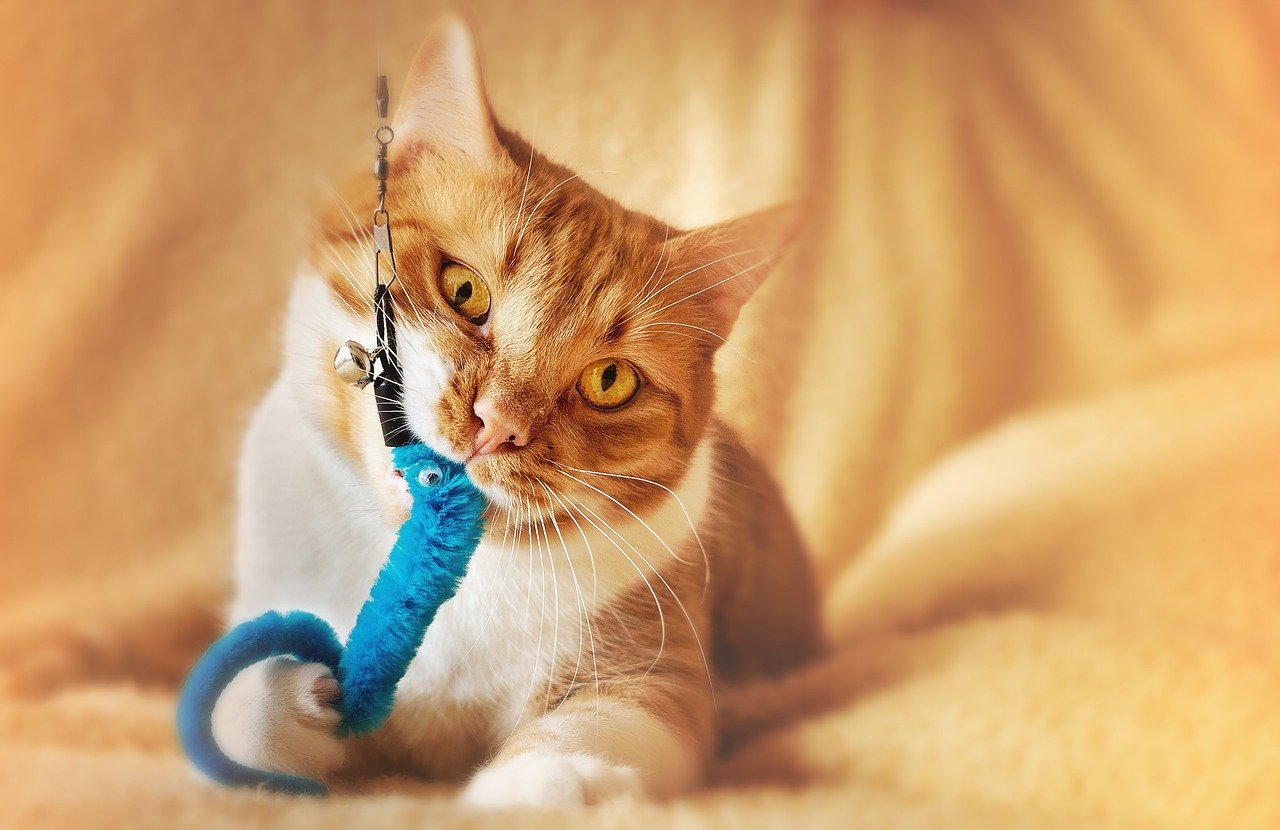
Cats are natural hunters, and tapping into this instinct can make solo play more engaging. Toys that mimic prey, such as those that squeak or move erratically, stimulate this instinct. You can also hide treats around the house to encourage your cat to “hunt” for its food. This not only satisfies their hunting drive but also provides both mental and physical stimulation.
Importance of Physical Exercise
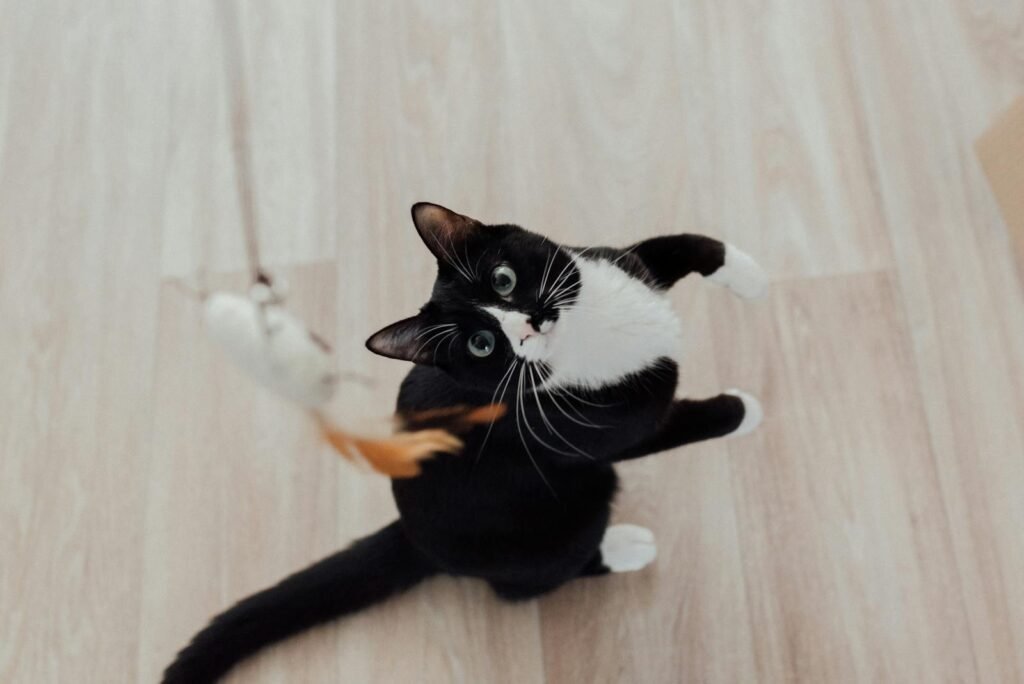
While mental stimulation is crucial, physical exercise is equally important for a cat’s well-being. Ensure that the play activities you choose promote movement. Climbing, jumping, and chasing are excellent ways to keep your cat fit. A physically active cat is less likely to become obese and more likely to enjoy a longer, healthier life. Physical exercise also reduces stress and anxiety, contributing to a happier cat.
Setting Realistic Expectations
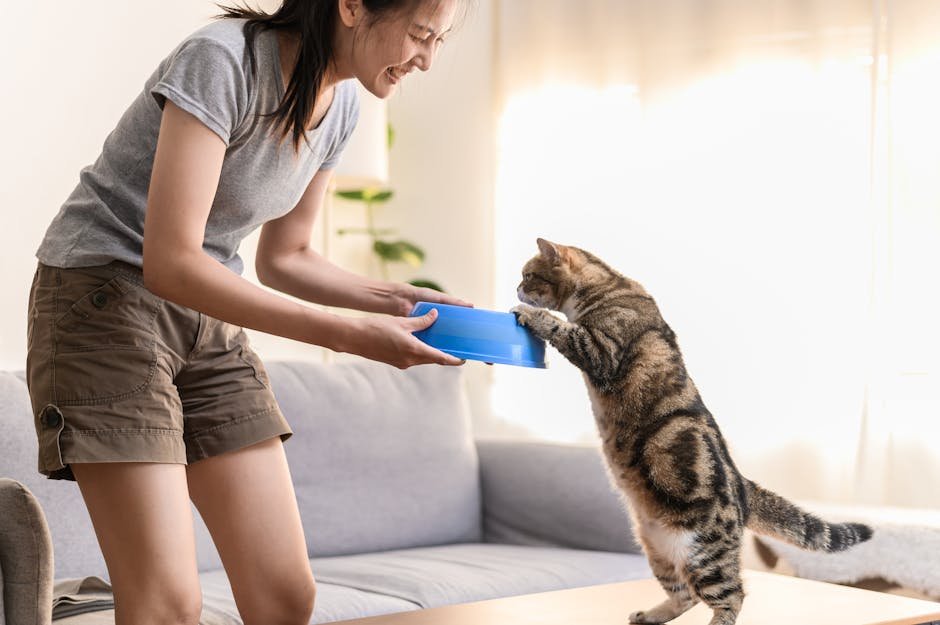
It’s essential to set realistic expectations when training your cat to enjoy solo play. Not every cat will take to independent play immediately, and that’s perfectly okay. Some may require more encouragement and time. Celebrate small victories and remain patient. Remember, the goal is to enhance your cat’s quality of life, not to achieve perfection.
Recognizing Signs of Boredom
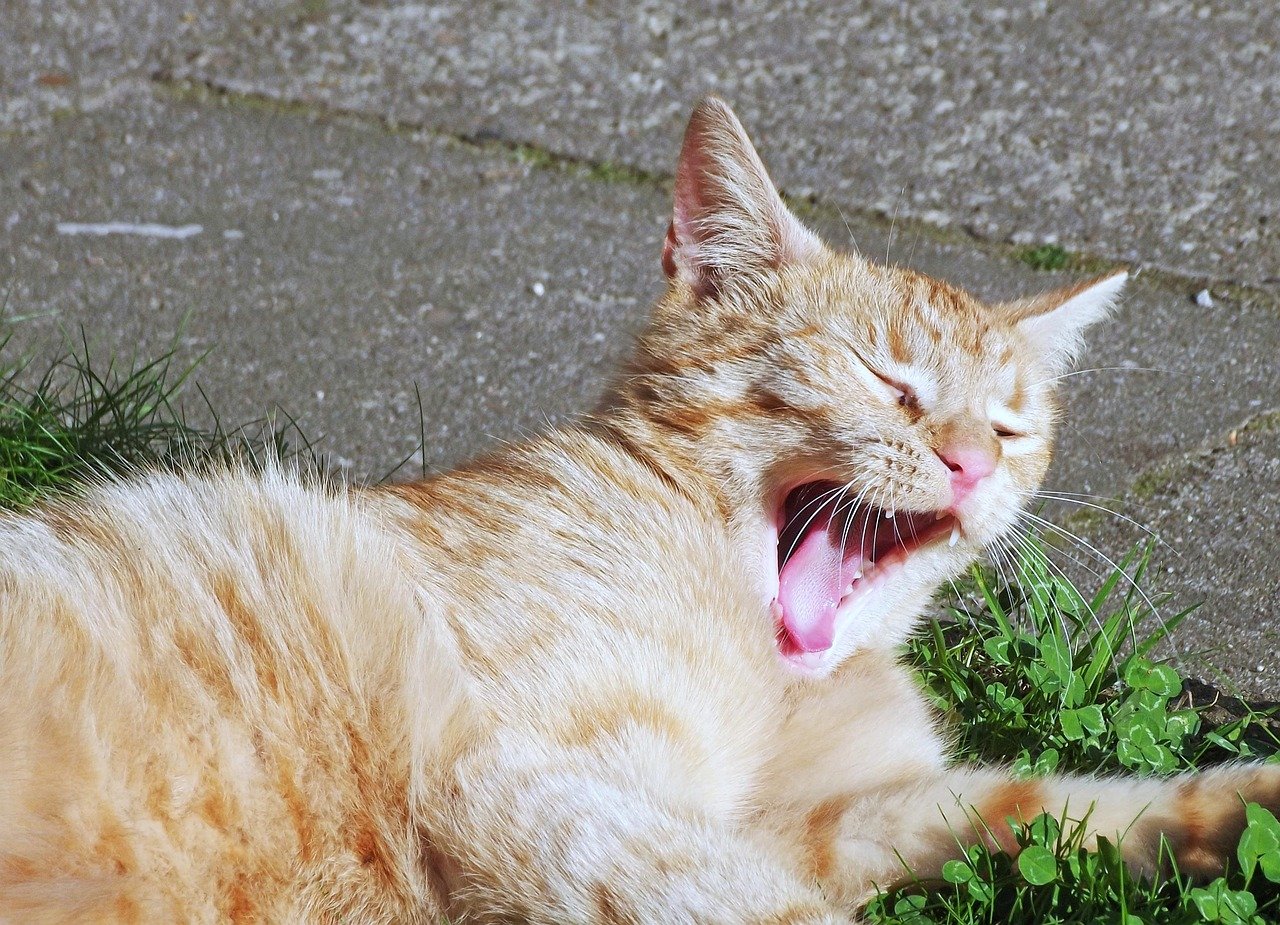
Cats, like humans, can become bored with routine. Recognizing signs of boredom, such as excessive meowing, destructive behavior, or lethargy, is crucial. If you notice these behaviors, it might be time to introduce new toys or change the play environment. Keeping things fresh and exciting ensures that your cat remains engaged and interested in solo play activities.
Creating a Play Schedule
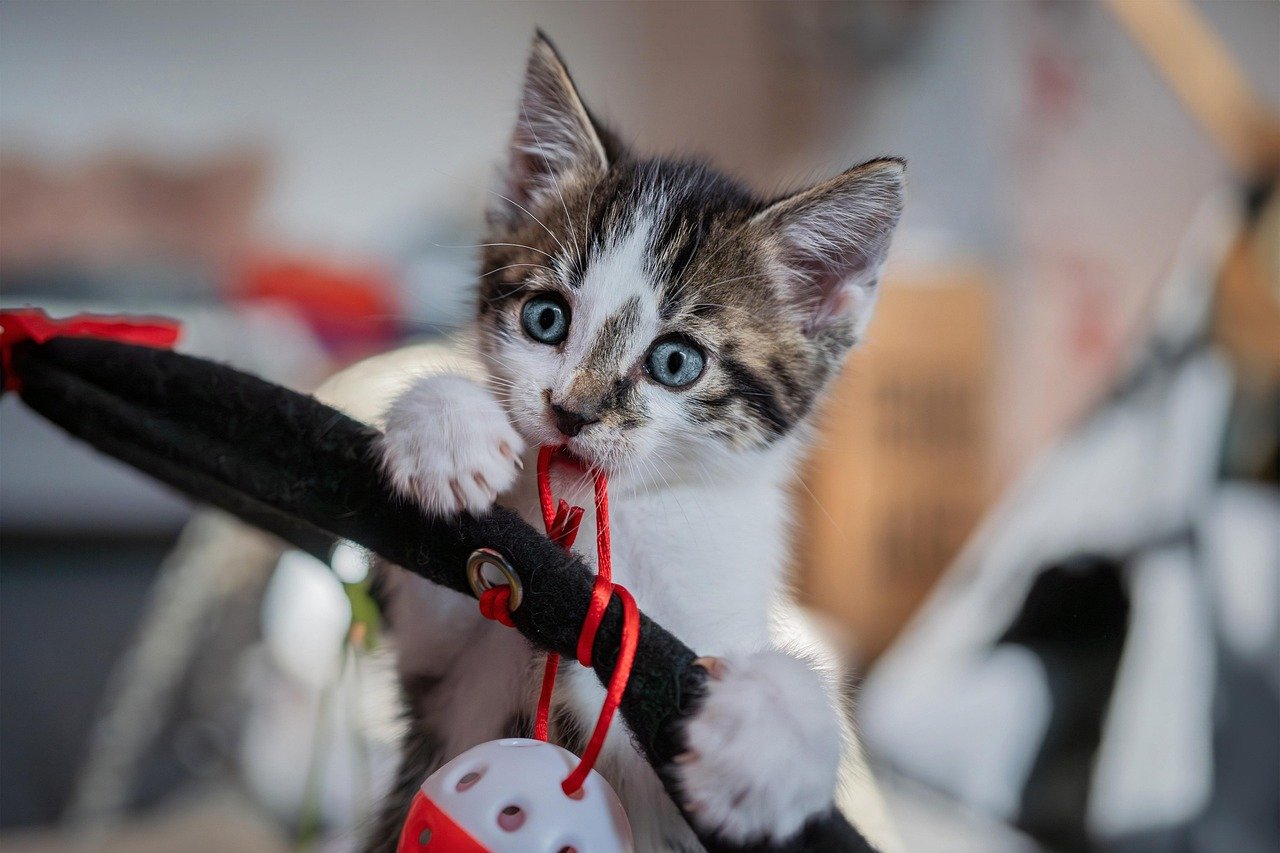
A play schedule can be a practical solution for busy cat owners. By allocating specific times for play, you ensure that your cat receives regular stimulation. This consistency helps in forming a habit, and soon your cat will anticipate and look forward to these play sessions. A schedule also allows you to monitor your cat’s play preferences and adjust activities accordingly.
Adapting to Your Cat’s Changing Needs
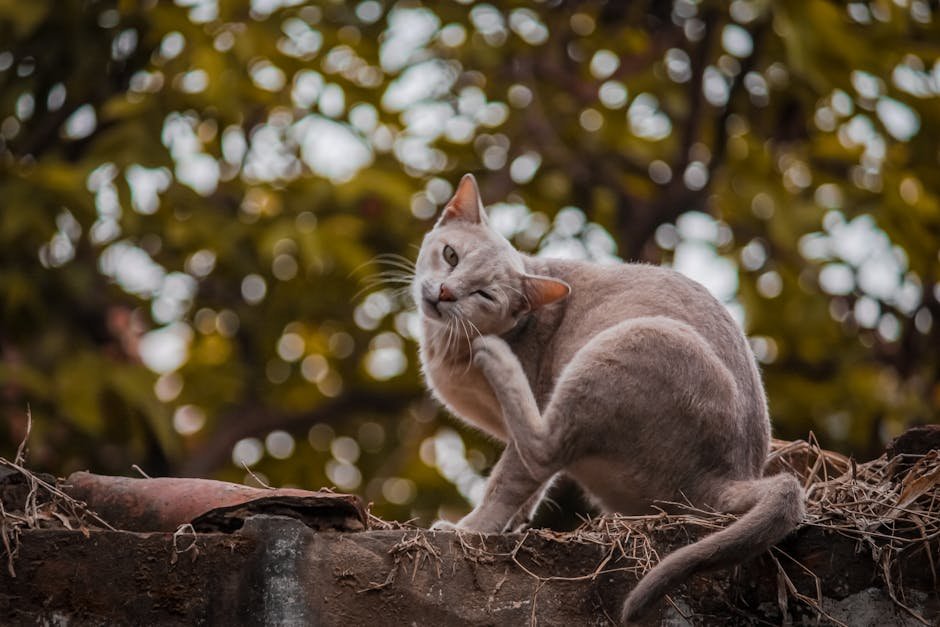
Cats’ needs and preferences can change over time. Be attentive to these changes and adapt your play strategies accordingly. What worked when your cat was a kitten might not be as effective as it ages. Regularly reassessing your cat’s preferences and adjusting its play routine ensures it remains engaged and happy throughout its life.
Leveraging Multi-Cat Households
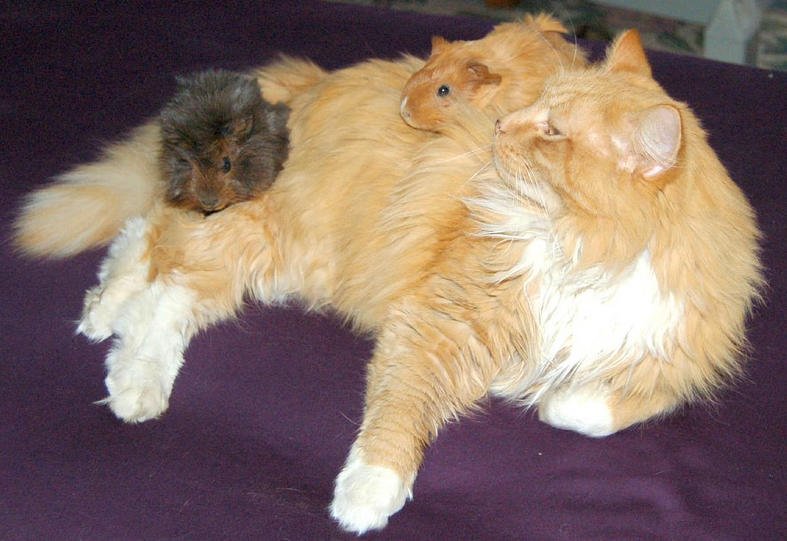
If you have more than one cat, use this to your advantage. Cats can learn from each other, and watching one cat engage in play might encourage the other to do the same. Provide toys and activities that encourage group play, such as tunnels or interactive toys. This not only promotes solo play but also strengthens the bond between your cats.
Incorporating Natural Elements

Introducing natural elements into play can enhance your cat’s experience. Items like catnip or small branches can stimulate your cat’s senses. Catnip, for instance, can be particularly enticing for many cats, encouraging them to play and explore. Natural elements mimic the outdoor environment, providing a richer and more varied play experience.
Fostering a Bond Through Play

Even though the focus is on solo play, don’t underestimate the power of shared play sessions. Playing with your cat strengthens your bond, making it more likely to engage in independent play when you’re not around. Shared playtime builds trust and familiarity, creating a positive environment where your cat feels safe to explore and play on its own.
Training your cat to enjoy solo play is a rewarding journey that enhances both your cat’s life and your own. By understanding your cat’s unique personality and preferences, providing the right toys and environment, and remaining patient and consistent, you set the stage for a happy, playful cat. Ultimately, a well-engaged cat is a content cat, and there’s nothing more satisfying than seeing your feline friend thrive.
Hi, I’m Bola, a passionate writer and creative strategist with a knack for crafting compelling content that educates, inspires, and connects. Over the years, I’ve honed my skills across various writing fields, including content creation, copywriting, online course development, and video scriptwriting.
When I’m not at my desk, you’ll find me exploring new ideas, reading books, or brainstorming creative ways to solve challenges. I believe that words have the power to transform, and I’m here to help you leverage that power for success.
Thanks for stopping by, Keep coming to this website to checkout new articles form me. You’d always love it!






